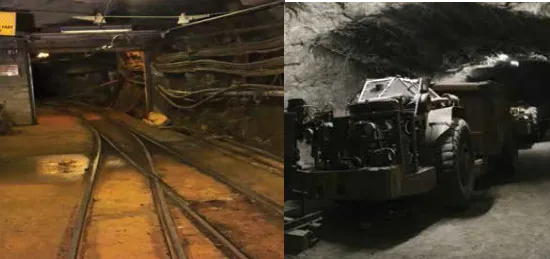Lis . 24, 2024 10:30 Back to list
Casting Techniques for Ball Valve Manufacturing and Quality Improvement Strategies
Understanding Casting Ball Valves Functionality, Advantages, and Applications
Casting ball valves are essential components in various industrial applications, recognized for their ability to facilitate smooth and efficient fluid control. A casting ball valve consists of a spherical disc—referred to as the ball—that is positioned among two seats inside the valve body. By rotating the ball a quarter turn (90 degrees), the flow can be either opened or closed, which makes these valves straightforward yet highly effective in managing the flow of liquids and gases.
Functionality of Casting Ball Valves
The primary function of a casting ball valve is to control the flow of substances through pipelines. This type of valve operates based on the simple yet robust mechanism of the ball's rotation. In the closed position, the ball's solid surface obstructs the flow path, sealing off the passage. When the valve is rotated to the open position, the hole in the center of the ball aligns with the flow direction, allowing fluids to pass freely.
Casting ball valves can also be operated manually or through automated systems, making them versatile for various applications. They are designed for high flow capacity, ensuring minimal pressure drop across the valve. These valves can be classified into two types floating ball and trunnion-mounted ball valves, each serving specific operational needs depending on the system requirements.
Advantages of Casting Ball Valves
One of the main advantages of casting ball valves is their durability and reliable performance
. They are typically constructed from robust materials like stainless steel, carbon steel, and other alloys, making them resistant to corrosion and wear. This characteristic is particularly important in demanding environments where exposure to harsh chemicals may occur.Another benefit of casting ball valves is their low maintenance requirement. Due to their simple design, they can be easily inspected and maintained, which translates to lower operational costs over time. Furthermore, their quick opening and closing capabilities make them ideal for scenarios where rapid response to flow changes is critical.
casting ball valve

Casting ball valves are also known for having a tight seal, which minimizes the risk of leakage. This is crucial in industries such as oil and gas, where even small leaks can lead to significant safety and environmental hazards. The high sealing performance ensures that the systems remain safe and efficient.
Applications of Casting Ball Valves
Casting ball valves find applications across diverse industries. In the oil and gas sector, they are commonly used in pipelines for controlling the flow of crude oil, natural gas, and other fluids. Their ability to handle high pressures and temperatures makes them suitable for upstream, midstream, and downstream processes.
In the water treatment industry, casting ball valves are utilized for controlling the flow of water in treatment plants, ensuring that processes such as filtration and chemical dosing are performed efficiently. Their reliability helps in maintaining the integrity of water supply systems.
Moreover, in the pharmaceutical and food processing industries, these valves are crucial for maintaining hygiene and preventing contamination. With their easy-to-clean design and ability to provide a tight seal, casting ball valves ensure that sterile environments are preserved.
Conclusion
In conclusion, casting ball valves play a vital role in various applications where fluid control is needed. Their straightforward operational mechanism, combined with robust construction and maintenance advantages, make them a preferred choice among engineers and operators. As industries continue to evolve, the demand for reliable and efficient valve solutions, such as casting ball valves, will remain paramount, contributing to enhanced productivity, safety, and environmental sustainability in fluid management systems. As we advance into the future, the continuous improvement in valve technology will likely yield even more efficient and effective solutions to meet the ever-growing industrial needs.
Share
-
Reliable Wafer Type Butterfly Valves for Every IndustryNewsJul.25,2025
-
Reliable Flow Control Begins with the Right Ball Check ValveNewsJul.25,2025
-
Precision Flow Control Starts with Quality ValvesNewsJul.25,2025
-
Industrial Flow Control ReliabilityNewsJul.25,2025
-
Engineered for Efficiency Gate Valves That Power Industrial PerformanceNewsJul.25,2025
-
Empowering Infrastructure Through Quality ManufacturingNewsJul.25,2025